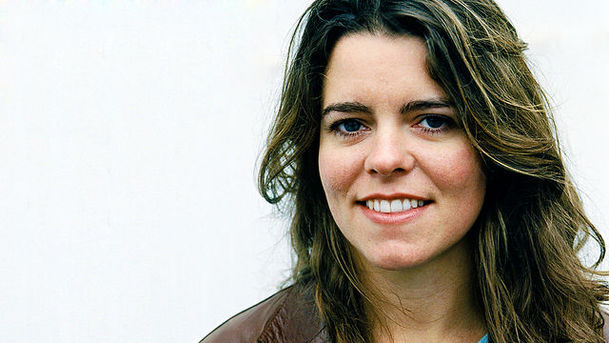Mind Changers - The Hawthorne Effect

Claudia Hammond presents a series looking at the development of the science of psychology during the 20th century. In the 1920s, at the enormous Western Electric Hawthorne Factory in Cicero outside Chicago, management began an experiment which was to improve the working life of millions and give rise to a phenomenon that anyone planning a psychology experiment would have to take into account in their design. Keen to improve productivity at a time when the telephone industry was growing and Western Electric was building the components for all the telephone exchanges in the United States, management decided to see whether working conditions affected production. But the initial 'illumination studies' were inconclusive; whether lighting was increased or decreased to no better than moonlight, productivity increased. Whatever the intervention, it seemed to promote faster work. Confused, management turned to economists from Harvard Business School to design a more complex study. So, in April 1927 five women were removed from the factory floor and put in a separate room - the relay assembly test room. For the next five years, as they assembled the complex relays they were minutely monitored. Their working conditions were regularly altered, but whether breaks were included or removed, their working day lengthened or shortened, their productivity continued to rise. The study improved working conditions throughout the factory, as breaks were introduced for all, but it also gave rise to a phenomenon known as The Hawthorne Effect, which has to be taken into account in the design of any experiment - the mere fact that subjects know that they are being studied may alter their behaviour. Yet The Hawthorne Effect is widely questioned. How can an experiment using such a small sample - five women, two of whom were changed during the study - have given rise to such a ubiquitous theory? With the help of the Hawthorne Museum in Cicero, the Baker Library archive and Professor Michel Anteby at Harvard Business School, Professor Jeffrey Sonnenfeld of Yale Business School who met the original participants in the study back in the 1970s, and Mecca Chiesa of the University of Kent, Claudia Hammond re-examines the classic Hawthorne Studies.